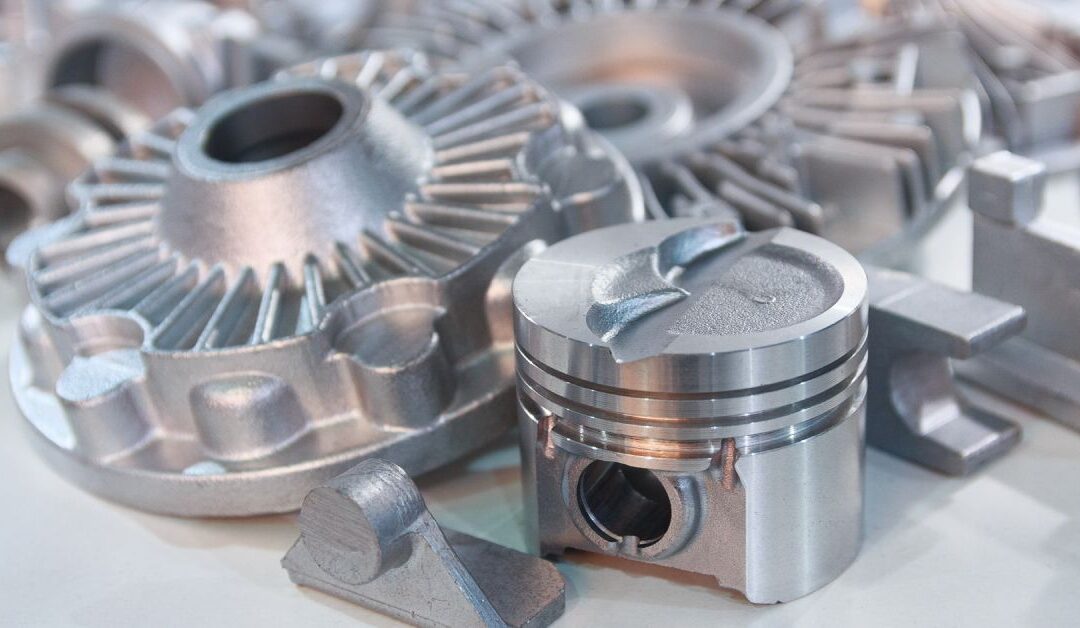Metal casting, a vital manufacturing process used to produce complex metal components, often faces a range of challenges, particularly defects. These defects can arise from various stages of the casting process, from the initial design to the final cooling period. Understanding and addressing these defects is crucial for improving the quality, functionality, and longevity of the cast products.
Let’s look at metal casting challenges and defects to gain a better understanding of their impact on the overall casting process.
Porosity
Porosity, also known as blowholes or pinholes, is a common defect in metal casting. It refers to the presence of air pockets or voids in the casting caused by trapped gases during solidification. These can be either open or closed pores, depending on their connection to the surface of the casting. Excessive porosity can weaken the structure and reduce its load-bearing capacity. It also makes the casting susceptible to corrosion and can affect its surface finish. Factors such as improper venting, inadequate gating system design, or high moisture content in the sand mold can contribute to porosity.
To address this defect, proper control of pouring temperature and accurate venting during solidification is necessary. The addition of deoxidizing agents or increasing the compaction of the mold can also help reduce porosity.
Shrinkage
Shrinkage defects refer to the formation of voids due to a decrease in volume during solidification. This shrinkage usually happens when there is a lack of molten metal feeding into a particular area of the mold. Shrinkage defects are more common in thicker sections of castings since they cool at a slower rate.
Proper design of the gating system and risers is crucial to prevent shrinkage and ensure an even distribution of molten metal throughout the mold. The use of insulating materials can also help control cooling rates and minimize shrinkage.
Hot Tears
Hot tears are cracks that occur during solidification when there is a difference in thermal contraction between different sections of the casting. This defect often occurs in large and complex castings with varying cross-sections. Hot tears can weaken the structure and cause premature failure.
Addressing hot tears requires careful attention to the design of the casting, especially ensuring that all sections have uniform thickness. The use of chill inserts or preheating molds can also help reduce thermal gradients and minimize hot tear formation.
Inclusions
Inclusions refer to the presence of foreign materials such as oxides, slag, or sand particles in the casting. These can occur due to inadequate cleaning of the molten metal or from impurities present in the raw materials used for casting. Inclusions can weaken the structure and cause premature failure.
Proper cleaning of molten metal and the use of high-quality raw materials are crucial to preventing inclusions. Maintaining adequate temperature and implementing effective filtration systems can also help minimize inclusions.
Metal casting defects are common challenges manufacturers face. However, you can address them through careful attention to design, material selection, and process control. By understanding these defects and their causes, manufacturers can implement measures to reduce their occurrence and produce high-quality castings that meet the required standards.
If you need bronze casting alloy for your project, Wieland Diversified has Silicon Iron Bronze that can be useful in a variety of different applications and projects. Contact us today for more information!

